You have seen them all over the Sunday supplements and the internet, particularly the blogosphere – 10 best this, 5 worst that, 10 things to do in X, and also 5 ways to live like a local in Y. Now for sure, some of these articles will give you some sound advice on getting the most out of your vacation, but there’s also a lot of stereotyping as well as inaccuracies involved. If you’re only here (in our case, Seville) for a few days you’re not really going to be living like a local. For a start you probably don’t speak much, or any, Spanish, an essential requirement for immersing yourself in the life of the city. Nor do the locals spend much time hanging out in the Cathedral or Alcázar palace, things you should certainly be doing while you’re here (there is an up side to being a tourist). But don’t worry. There are things you can do which will give you at least a taste of how the locals live. So here’s our list (written by a local!).
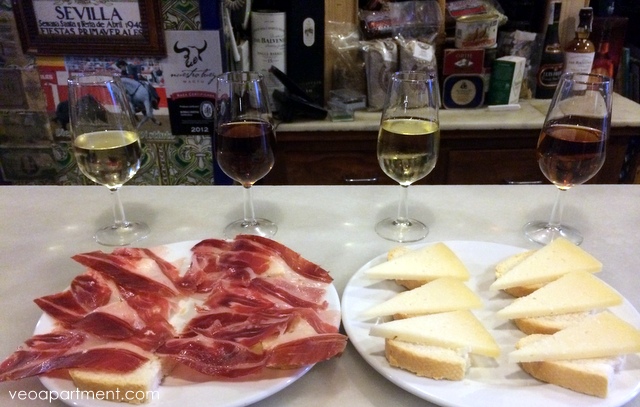
Go on a tapeo
Going out for tapas is the locals preferred way of spending a sociable evening out, and it’s probably already on your list. The format is something like a pub crawl, but with food as the main item on the agenda, with drinks as the accompaniment, rather than vice versa. Have a couple or three tapas at each place you go to, then move on to the next. There’s no foolproof way of choosing the right places for a perfect tapas experience, and although there are some great places in the touristy Santa Cruz, such as Las Teresas and Casa Roman, getting away into the Arenal or the Macarena you’ll find bars like Casa Morales, Bodeguita Romero and Eslava that are always full of locals and have top quality food, too. As an introduction, and to learn the ropes, try a tapas tour with a local guide on your first night.
Visit a Local Market
Visiting a local market is an interesting and fun way to see how the locals shop, and if you’re renting a self-catering apartment (recommended, though we may be a bit biased) rather than staying in a hotel, it’s practical too. There are three markets in the centre, and another just across the bridge in Triana, and the displays of fresh fruit and veg, fish, seafood and meats should inspire you to do a little cooking. One important thing to remember is DO NOT TOUCH any of the fruit or vegetables. Just point at what you want and hold up your fingers to show the amount if you have no Spanish. And since there is no queuing, and very few market stalls are equipped with “take a number” machines, the correct thing to do is ask “quien es el último?” (who is last?) and then take your turn when they have finished.
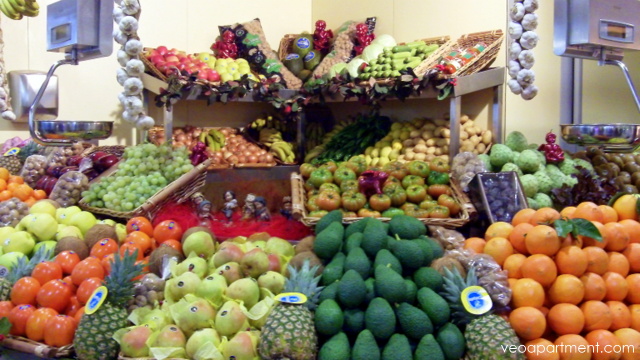
Siesta
There’s a reason that siesta is one of the few Spanish words to have been warmly welcomed into the English language. That half-hour nap after lunch aids digestion, calms the brain, and reinvigorates the body. It’s the original “power nap”. And if you’re here in summer (June through to mid-September), it’s really too hot to do anything else. So for a couple of hours everything shuts down, many of the smaller shops close, and peace and quiet descend on what is otherwise a bustling and buzzy city.
Fiesta
Contrary to popular stereotype life here isn’t just one long street party. Nevertheless, when the Sevillanos do them, they do them right. So if you’re here for Semana Santa, the April Fair, or one of the neighbourhood events like the Vela de Santa Ana in Triana, go along and mix with the locals. Another local tradition, churros and chocolate, is the ideal hangover cure after a night on the tiles.
Flamenco
There are two schools of thought on flamenco. One is that you should seek out some after midnight drinking club with an improptu flamenco “jamming session”. You might get lucky, and have the experience of a lifetime. Or you might get a couple of amateurs and be cold-shouldered by the actual locals to boot. Or you can go and see a proper flamenco show, at a venue like the Flamenco Dance Museum or the Casa de la Memoria. The audience will be mainly tourists like you, but the performers will be professional artists, and the quality and authenticity are guaranteed. On this one, even after the many years I’ve lived in Seville, I’m happy to be “just a tourist”.
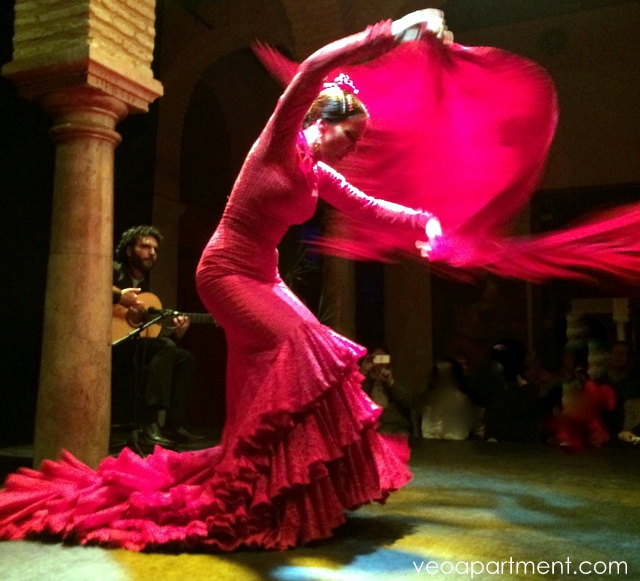
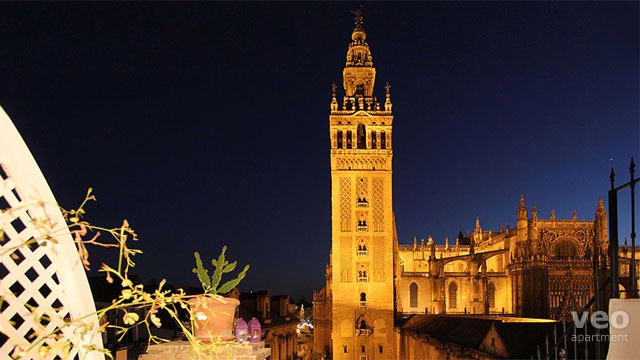 view of the Giralda Tower from our Cathedral Terrace apartment
view of the Giralda Tower from our Cathedral Terrace apartment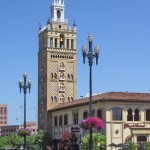
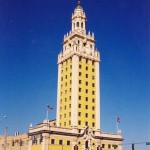
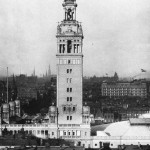
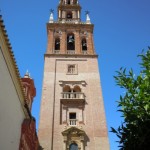
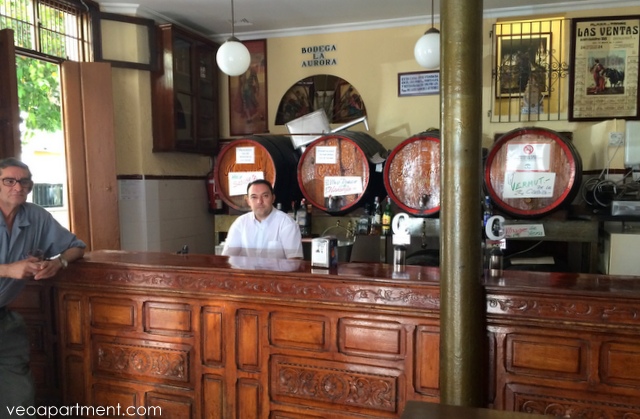 Bodega La Aurora
Bodega La Aurora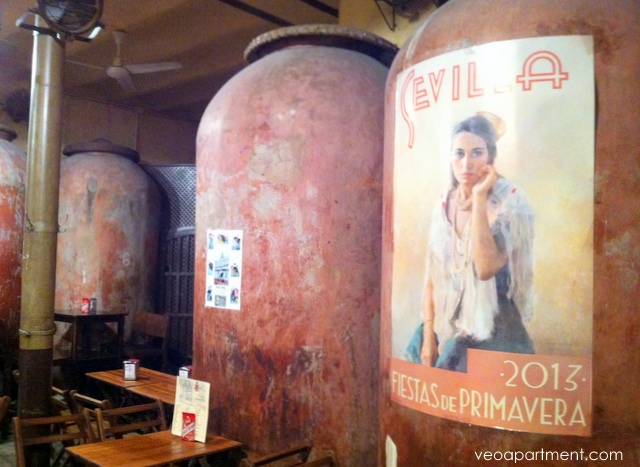 clay wine urns at Casa Morales
clay wine urns at Casa Morales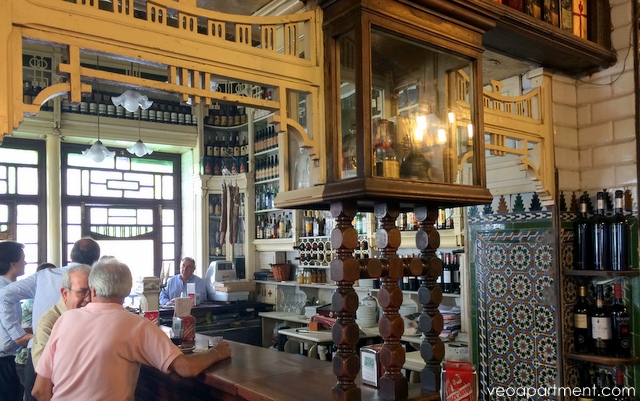 El Rinconcillo
El Rinconcillo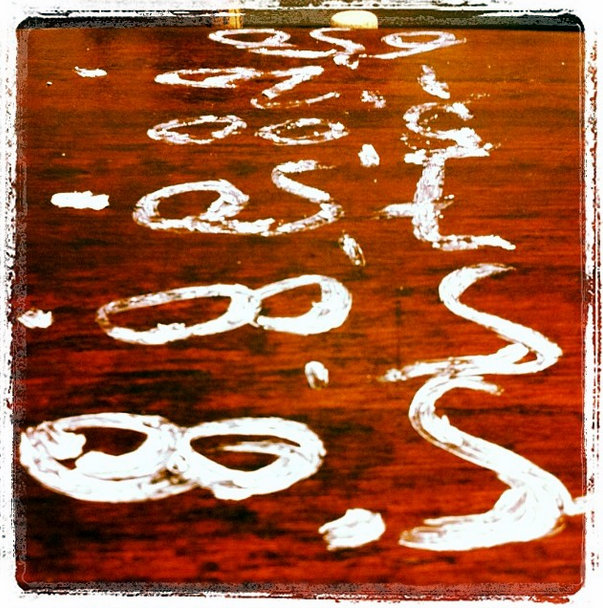
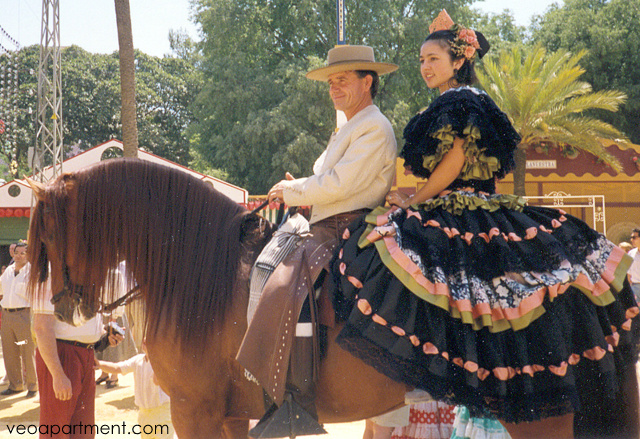 Feria del Caballo in Jerez de la Frontera
Feria del Caballo in Jerez de la Frontera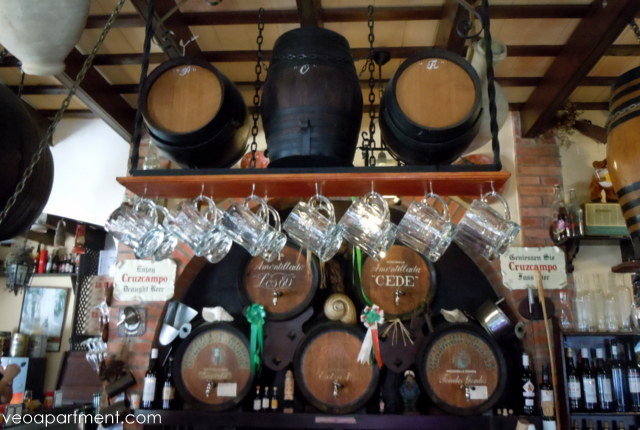 tapas bar with sherry casks in Sanlucar de Barrameda
tapas bar with sherry casks in Sanlucar de Barrameda